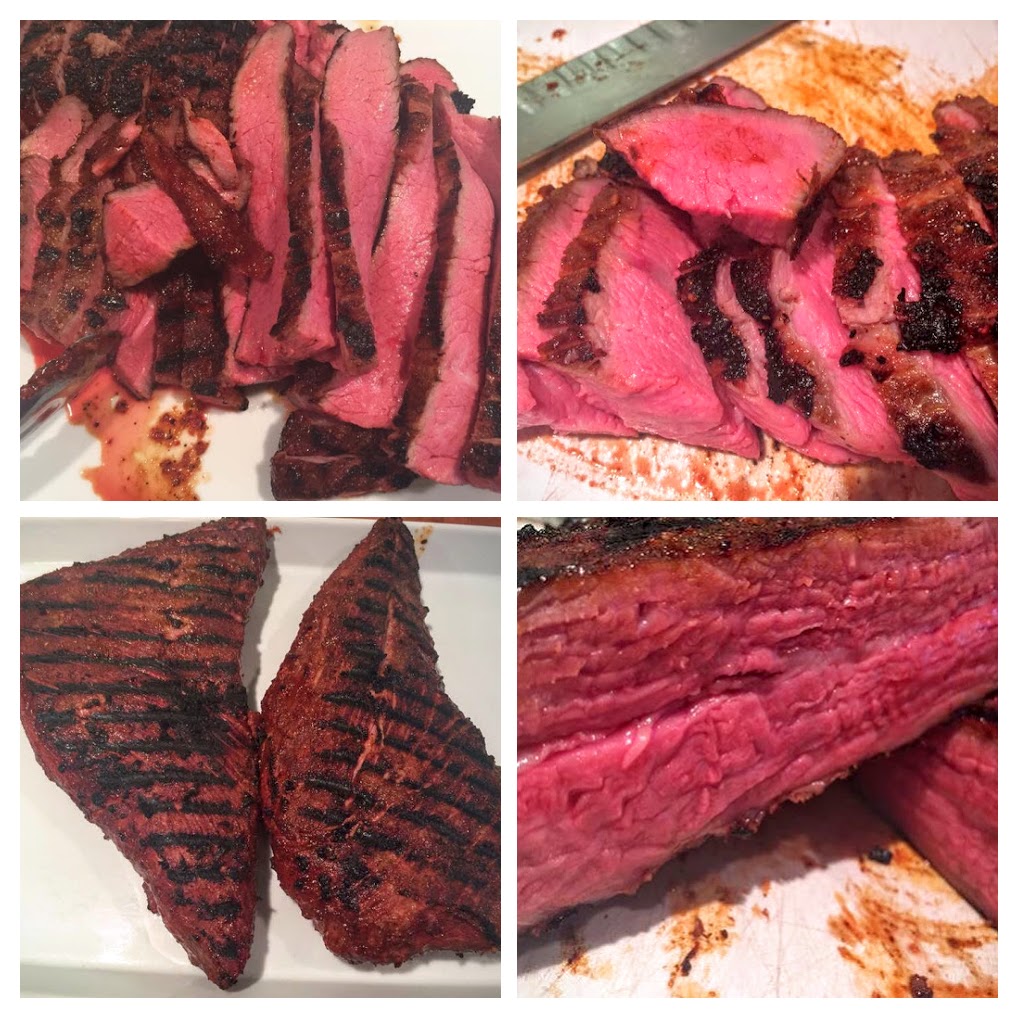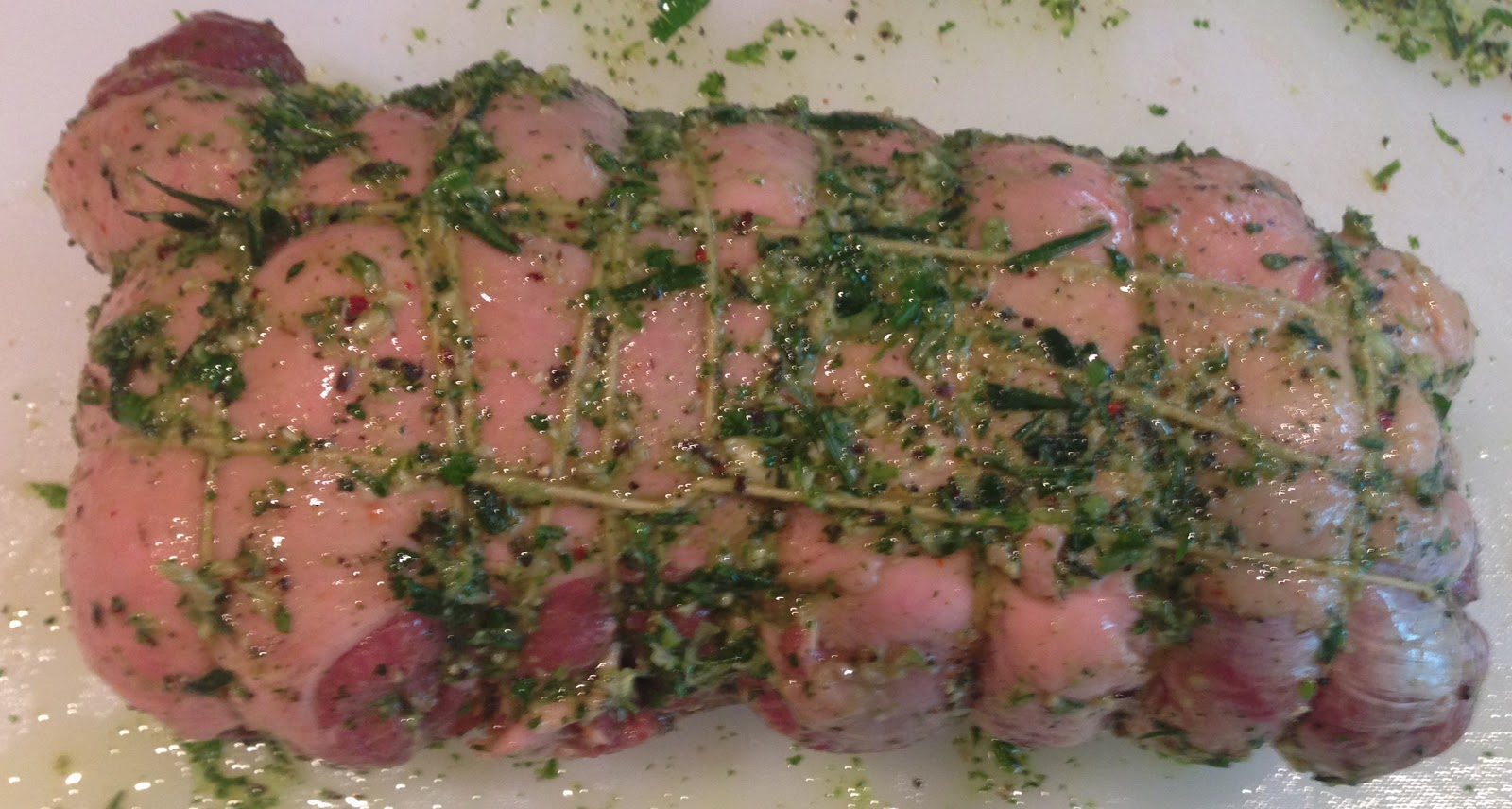I love Tri-Tip!!! Enough said. You notice the font I chose for the title? Big and bold!!!! A Tri-Tip cooked and carved properly is a poor man Prime-Rib. This is relatively easy to Sous-Vide. Choose a temp, time and sear the outside and your done. This particular blog is more about the techniques of Sous-Vide rather than a suggested recipe.
The meat, naked as a jay bird!!! 24 hours in advance apply salt to the meat and place in zip-lock bags. This is called a dry-brine. This blog is about Sous-Vide so I am not going to talk about the advantage of Dry-Brine's however I suggest you do it and read about it HERE.
Season the meat with what every you like. I chose fresh cracked pepper, granulated garlic, onion flakes and fresh thyme.
Vacuum sealed and ready for the water bath.
Preheat your water bath to your desired temp.
Meat Cooked at 129 degrees for 6 hours but would have been satisfactory at 3 hours maybe.
Take Tri-Tip out of bags and reserved liquid for a sauce if so desired. Meat cooked and ready for the next step.
I cranked up my BBQ to an intense heat and readied the Tri-Tip for the next phase. I applied extra seasonings and my favorite BBQ sauce and seared the hell out the Tri-Tip. After the flaming I let the steak rest and carved against the grain.
UPDATE: 5/24/14.
Marinated Tri-Tip with a dry rub 24 hours in advance while vacuumed sealed. OUTSTANDING RESULTS.
I cooked the Tri-Tip at 132 degrees for 6 hours and blasted it on the grill until darkened and caramelized. This is my definitive way of making Sous-vide Tri-Tip for now on.
UPDATE: 3/27/2015
133 at 9 hours produced phenomenal results.
UPDATE- THE ULTIMATE SOUS-VIDE TRI-TIP


















































